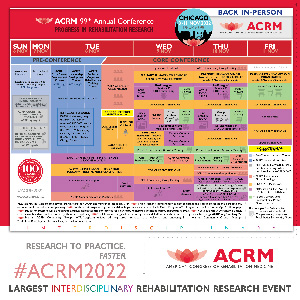Back
Symposium
Pediatric Rehabilitation
Pediatric Rehabilitation
Changing Gait Outcomes in the Young Child With Mild Cerebral Palsy: A Paradigm Shift
Wednesday, November 9, 2022
4:45 PM – 6:00 PM
- JM
Jan McElroy, PT, PhD, PCS
Pediatric Physical Therapist/Adjunct Faculty
Rocky Mountain University of Health Professions
Columbia, Missouri, United States
Presenter(s)
The progression of functional gait in very young children with mild cerebral palsy (CP) is often disheartening. As gait abnormalities develop, activity and participation limitations emerge. Recent evidence suggests that our current intervention practices may be linked to negative long-term muscle/tendon changes which further contribute to problematic gait. Physicians and clinicians are re-examining current intervention approaches to gait in children with CP. In this presentation, we will review the literature on muscle changes secondary to the use of Botox, stretching, and casting in children with CP and examine the impact of each on gait. We will discuss the role of muscular "first catch" and hyper-resistance assessment for early identification of future gait difficulty. Case studies will be used to introduce a combined oral medication and evidence-based intervention approach that produces optimal gait function and participation for very young children with mild cerebral palsy.
Learning Objectives:
- Identify strengths and cautions for common interventions applied to impairments impacting gait in children with CP
- Apply results of current muscle/tendon research to muscle demands in the gait cycle
- Explain the relationship between muscular first catch and gait deviations
- Design evidence-based therapeutic interventions for optimal gait outcomes in young ambulatory children with mild CP

.jpg)
